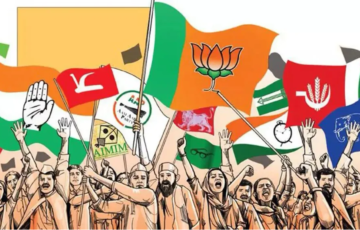Challenges to Places of Worship Act 1991: Legal & Social Impact
The Places of Worship (Special Provisions) Act, 1991, aims to maintain the religious character of places of worship as they existed on August 15, 1947. Critically analyze the challenges posed by recent petitions questioning its validity. (250 words)
Introduction
The Places of Worship (Special Provisions) Act, 1991, seeks to preserve religious harmony by maintaining the status quo of places of worship as they were on August 15, 1947. However, fresh petitions challenging its validity have triggered debates on historical injustices versus legal finality.
Challenges Posed by Recent Petitions
1. Historical Claims vs. Legal Stability: Petitioners argue that the Act prevents communities from reclaiming places of worship lost due to historical invasions. However, the law ensures that past grievances do not disrupt present-day social order.
2. Selective Implementation: Critics point out that the Ayodhya verdict (2019) was an exception to the law, questioning the rationale behind excluding other disputes.
3. Judicial Backlog: Allowing fresh litigations on religious sites would overburden courts, delaying justice in other critical areas.
4. Communal Harmony vs. Rights to Worship: While some argue that the Act restricts religious rights, others believe it prevents communal conflicts by settling disputes through legal finality.
Way Forward
- Strict Adherence to Legal Precedents: Courts must balance legal continuity with socio-political realities.
- Alternative Dispute Resolution: Mediation mechanisms can help resolve such disputes without litigation.
- Government’s Role: The state should take a neutral stand, promoting secularism and communal harmony.
Conclusion
While addressing historical grievances is necessary, the Act plays a crucial role in maintaining social stability. Instead of excessive litigation, reconciliation through dialogue is the way forward.





